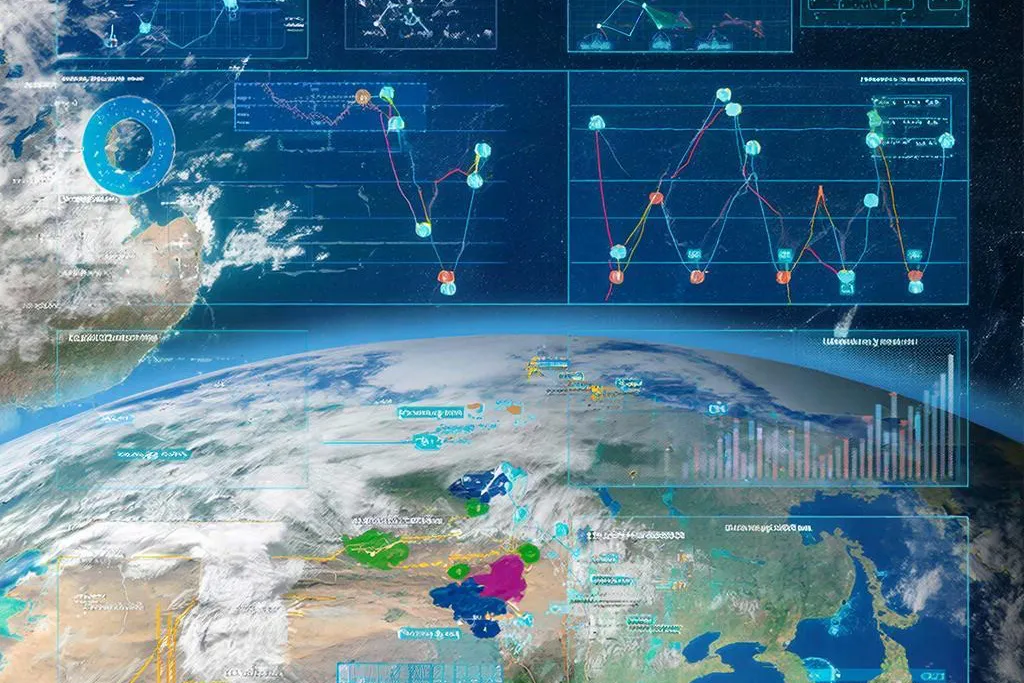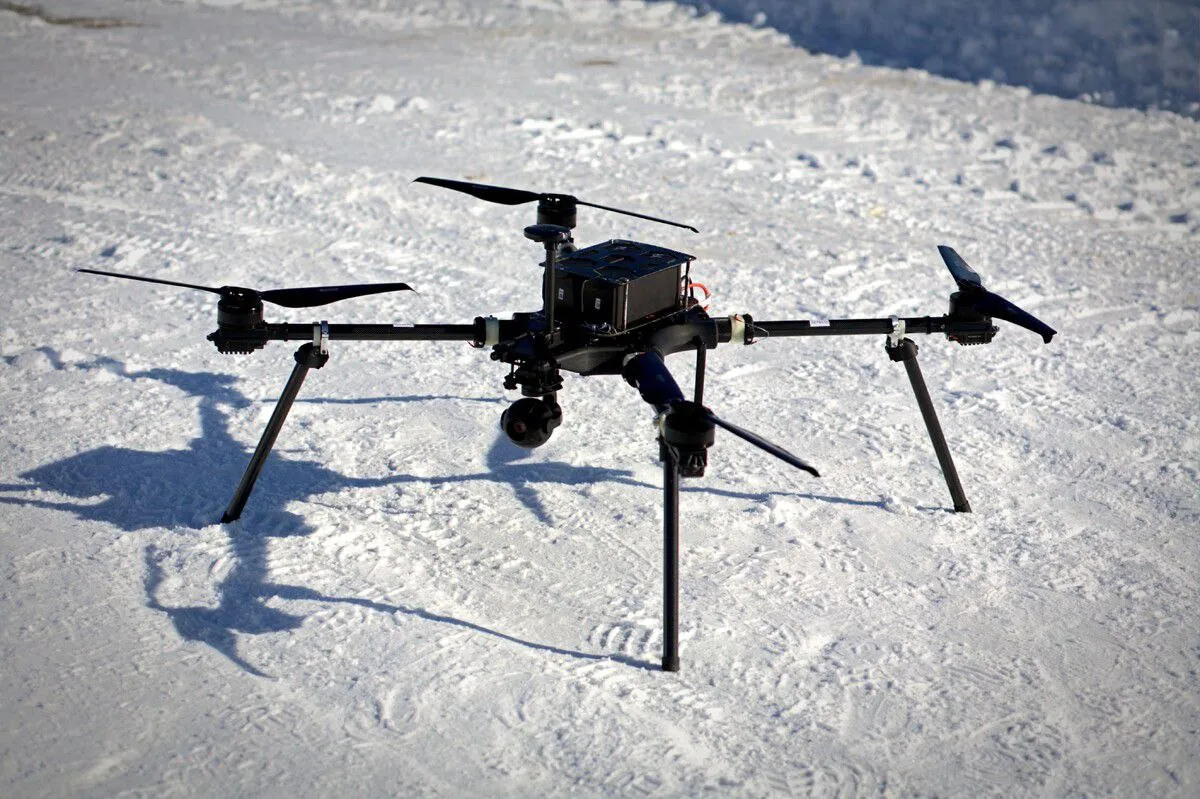Scientists From Russia and Norway Develop AI to Detect Ocean Eddies
The neural network method helps study long-term vortex activity in one of the most dynamic and least explored parts of the world’s oceans.

Researchers from the Moscow Institute of Physics and Technology (MIPT), the Institute of Atmospheric Physics of the Russian Academy of Sciences, and the Arctic University of Norway have created a neural network–based system for the automatic detection and classification of oceanic eddies in the ice-edge zone of Antarctica—one of the most challenging and least studied regions of the global ocean.
According to Nikita Sandalyuk, senior researcher at MIPT’s Laboratory of Arctic Oceanology, this area was long considered a “blind spot” because scientists lacked tools for systematically observing vortex activity there.
Since conventional satellite observation methods are not sufficient for studying eddies that form near ice edges, the researchers proposed using high-resolution satellite imagery. Special AI algorithms help identify vortex structures in those images.
Neural Networks for Antarctic Exploration
To train one of the most advanced object-recognition architectures—YOLOv11—the scientists used a dataset of 234 satellite images. They also added an algorithm that divides large, high-resolution images into many overlapping fragments, which are more suitable for neural network analysis. This combination enables the system to detect Antarctic ocean eddies with an accuracy of 78–83%.
The new AI approach gives oceanographers a powerful tool for long-term monitoring of Antarctic waters—helping scientists better understand how ocean eddies influence global climate dynamics and marine ecosystems.









































